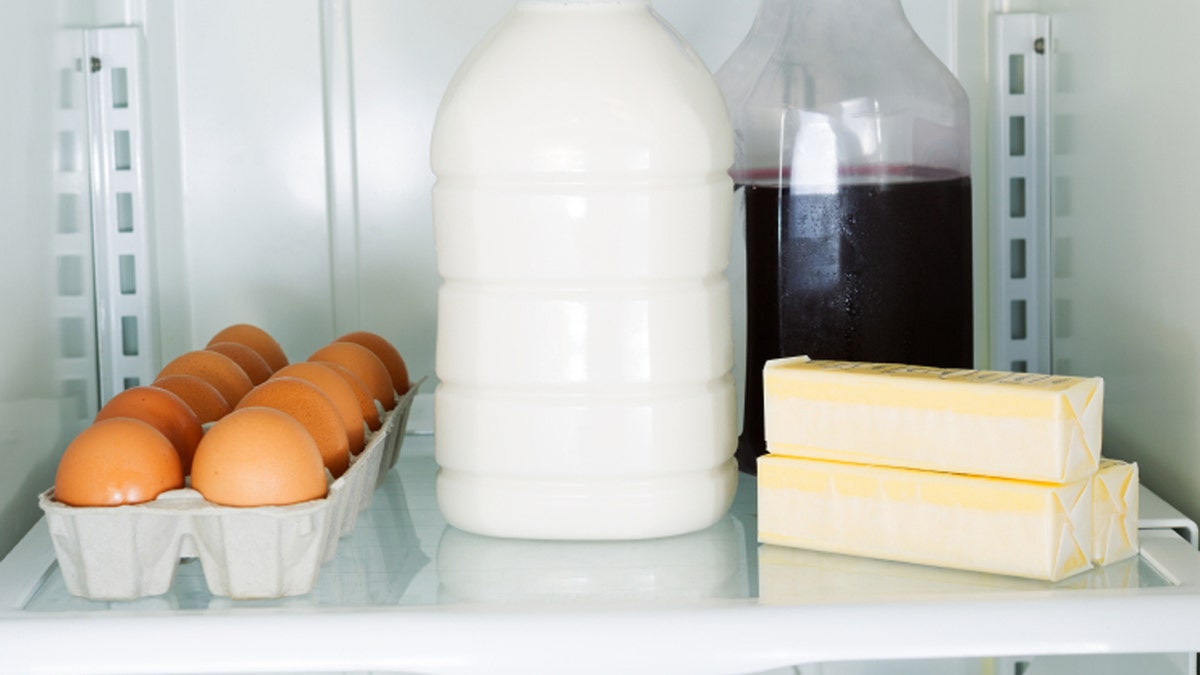There are pie crusts to be rolled, biscuits to be baked and turkey skin to be crisped, and none of it would work—or be half as delicious—without butter.
But would it be better with fancy butter? Alice Medrich can answer that. The baking expert and author recalls a cookbook tour stop where the hostess had thoughtfully baked cookies from Medrich's book. They were supposed to be cutout cookies, perfect for decorating.
"Well, her cookies had spread all over the place," Medrich said. "Finally, she admitted that because I was coming, she wanted to use the best of everything and had used a European-style butter."
This is not to knock the European stuff, because it is delicious and there are more options than ever for you to splurge on. But that doesn't mean it's the butter you should be buying all the time, for every task.
1. Fat matters.

(iStock)
Butter must, by law, contain at least 80 percent butterfat. Remember this number because the level of fat and the corresponding moisture content will make a difference in your food, especially baked goods.
2. The butter breakdown.

(iStock)
The main types in the dairy case are uncultured, cultured and European-style.
Uncultured or sweet cream butter, churned from pasteurized cream, is the supermarket standard.
Cultured butter is made from cream that's been fermented with so-called good bacteria, and it’s churned longer and more slowly, according to the American Butter Institute. What’s labeled European-style butter is made similarly—though not all European-style butters are cultured.
Both cultured and European-style butter have less water, more butterfat—from 82 to 87 percent—and a tangier, deeper flavor than mellow, sweet cream butter.
There are salted and unsalted versions of each. Salt adds flavor and also extends the shelf life.
3. Other types of butter.

(iStock)
"Light" butter has more water and about half the fat and calories than regular butter, but because it's made to be spreadable, it also contains preservatives and emulsifiers. Check the label to see what you're getting.
Whipped butter gets its light, spreadable texture from nitrogen whipped into it after churning.
USDA-certified organic butter comes from cows raised on organic, pesticide-free feed, without antibiotics or growth hormones.
4. How to store butter.

Horizontal photo of milk, eggs, butter and juice on glass shelf inside of refrigerator (iStock)
Keep it well wrapped and refrigerated—and not in the door compartment, where the temperature fluctuates. Butter will pick up odors that collect in your fridge, so if you don't use up a whole stick of butter in one shot, rewrap it in extra plastic.
Another Medrich tip: Store all those random nubbins and ends in a zippered plastic bag or other closed container.
According to the Butter Institute, unsalted butter has a two-week refrigerator shelf life and salted butter two months. The USDA is a bit more generous, giving a range of one to three months—and in fact, what you buy from the store has probably been in cold storage for longer than that.
Still, if you're not using up your butter quickly—those pie crusts aren't going to make themselves, you know—it's better from a freshness standpoint to store it in the freezer, where it’ll keep for up to nine months.
Check out more information about the best butter baking tips.
More from Epicurious
11 Flavored Butters to Use Tonight
11 Ingredients You Should NEVER Put in Your Freezer
The Epic Hack to Peeling a Dozen Eggs in 104 Seconds




















